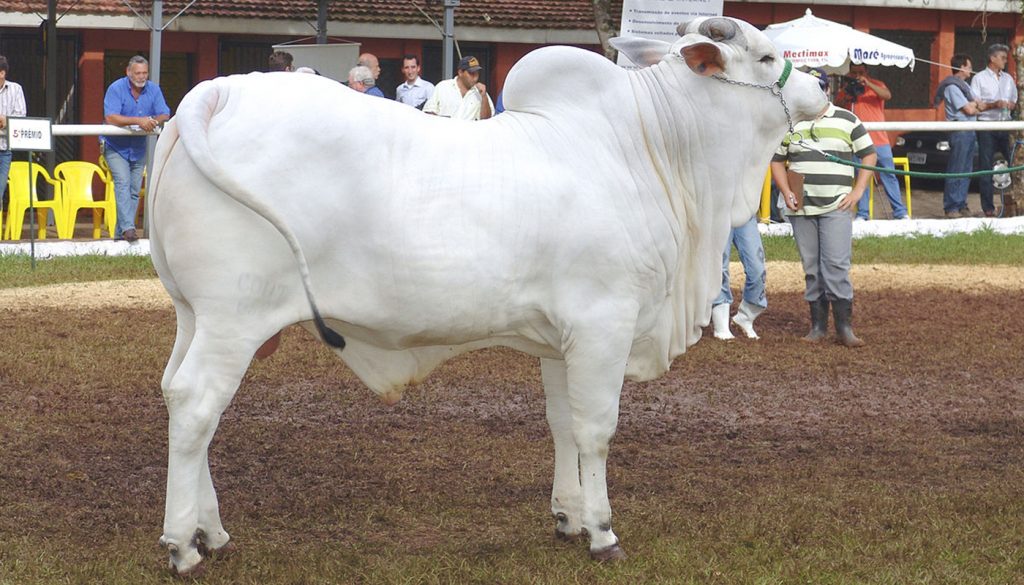
The Nelore or Ongole as it is known in India is one to the most beautiful cattle breeds with their buck-like horns and almost silver-white coats. They are a prized cattle breed that is highly regarded for their meat, easy management, and adaptability qualities. It is leaners, has fewer calories with just enough fat to make the meat tender without compromising the very palatable taste! They are easy to handle and have a very efficient feed conversion and are desirable for cross-breeding.
NELORE BREED OF CATTLE QUICK PROFILE OVERVIEW
|
|
|---|---|
| The Nelore is an impressive breed with a silver-white coat and a defining hump on its back. | |
| Country of Origin: | India |
| Other Names: | Nellore or Ongole |
| Main Purpose: | Meat |
| You may Also Like: | 35 Best Cattle Breeds for Milk – Dairy Cattle |
| You may Also Like: | 47 Best Cattle Breeds for Meat – Beef Cattle |
| Can be used for | Breed, Meat |
| Ideal Climate: | Heat, Cold, Most Climates |
| Conservation Status: |
Not listed by the *ALC Status/Rarity: Not at risk |
| Health Issues? | No known health issues |
| Good Starter Cattle? | Novice to intermediate Cattle farmer/keeper level |
| Cattle Associations: | Unclear – Please check with the American Dairy Association, National Association of Animal Breeders, Beef Cattle Breed Associations or The Beef Industry’s Information Center |
| Cattle Clubs: | Unclear – Please check with the American Dairy Association, National Association of Animal Breeders, Beef Cattle Breed Associations or The Beef Industry’s Information Center |
| Where to buy them? | Unclear – Please check with the American Dairy Association, National Association of Animal Breeders, Beef Cattle Breed Associations or The Beef Industry’s Information Center |
| Child Friendly? | Livestock should not be left unattended around unsupervised children |
| General Information: | The Nelore cattle breed is a highly economical cattle beef cattle breed especially in the tropics where 65% or the worlds beef bovine production population is found.
They are highly heat and insect resistant with their loose skin and large sweat glands that are around 30% bigger than most other European breeds. The Nelore actually have black skin beneath their white coats which make them able to withstand the heat and not be as susceptible to health conditions caused by the heat/sun. Their light colored skin also help in deflecting and filtering the suns rays. The Nelore cattle breed has a low metabolic rate which also helps in heat resistance it also makes then feed less often so they do not generate to much internal heat. The dense texture of the loose skin makes it almost impossible for blood sucking insects to penetrate. They also have a very well developed subcutaneous muscle layer, this is the muscle that you will often see making the cow look like it is rippling this is how they remove insects, flies and unwanted entities on their torso. In America the common spelling for the Nelore cattle breed is Nellore. |
| Note: *ALC stands for American Livestock Conservancy | |
PHYSICAL CHARACTERISTICS |
||||||||||||||||||||||||||||||||
|---|---|---|---|---|---|---|---|---|---|---|---|---|---|---|---|---|---|---|---|---|---|---|---|---|---|---|---|---|---|---|---|---|
| The Nelore has a long sweeping face with an upturned snout and wide forehead. They have medium sized alert ears and medium length sturdy legs. Both the cow and bull have a more rounded look than most block shaped cattle breeds. The bulls have power muscling and are quite a sight to behold with their thick necks and rippling thigh muscles. | ||||||||||||||||||||||||||||||||
| Size: | Medium | |||||||||||||||||||||||||||||||
|
||||||||||||||||||||||||||||||||
COW BREEDING & MILKING INFORMATION |
|
|---|---|
| Most Cattle produce milk but not all of them are used in the dairy Cattle capacity for their milk. Cows only calve once a year and should have 12 to 14-month inter-calving cycle. The Nelore cows are not specifically used for their milk although it is of a good quality, she gives a little to average milk yield. They are a very good mother, easy birthers with little to no birthing incidents. They are fertile and breed well | |
| Breeding Period/cycle: | Usually lasts 6 to 24 hours Most ave. 12 to 16 hours Cows usually come on heat every 21 days. |
| Estrous cycle: | Ave. 17 days to 24 days Heifer – usually ave. 20 days Cows – usually ave. 21 days |
| Gestation Period: | Usually, around 279 to 287 days but most gestation is 283 days. Cows that are carrying bull calf’s their gestation period is usually a little longer than cows that are carrying heifer calves. |
| No. Calves/Litter: | 1 calf at a time. Cows rarely have twins or triplets, but it can happen |
| Lactation Period: | Cows lactation period can last for up to about 10 months (305) days. |
| Milking From: | 1 to 6 weeks after Calving |
| Drying off Period: | The cow should have a 12 to 14-month inter-calving cycle. Drying off period for around 60 days before she can calve again. |
| Milk Quality: | Good |
| Milk Ideal for: | Calves |
| You may Also Like: | 35 Best Cattle Breeds for Milk – Dairy Cattle |
CATTLE MEAT PRODUCTION INFORMATION |
||||||||
|---|---|---|---|---|---|---|---|---|
| The Nelore cattle are known for the high-quality lean beef that has a consistent grade throughout. It has a good marbled for tenderness and is quite lean. The Nelore have a very efficient way of turning low-quality feed into a good meat to bone ratio high yield carcasses. | ||||||||
| Meat Production? | Yes, Quality: Very Good | |||||||
|
||||||||
| You may Also Like: | 47 Best Cattle Breeds for Meat – Beef Cattle | |||||||
CATTLE SKIN PRODUCTION INFORMATION |
||||||||
|---|---|---|---|---|---|---|---|---|
| Most meat Cattle will have a skin by-product, and these are usually used in some form or just as a hide. The Nelore cattle have a very beautiful hide and are a meat breed and as such their hides can be used as a by-product of their meat production for good quality leather goods. | ||||||||
| Skin Production? | No, Quality: Good | |||||||
| Skin is used to Produce: | Calf/cow skin leather products such as shoes, car seats, fine leather coats, gloves, handbags, belts, furniture, rugs, etc. | |||||||
|
||||||||
HISTORY
The Nelore cattle breed is actually known as the Ongole cattle breed in India as such there really has never been a breed called Nelore in India.
The history of the Ongole cattle breed can be traced back to over 2000 years ago when Aryan people brought their cattle to India. These cattle were submitted to the worst conditions and varying extreme weather in India along with the torrid lands.
When the first Ongole cattle were shipped to Brazil their blood lines had been mixed with some Misore blood. The cattle were renamed Nelore in Brazil and the purity of the breed was kept by the selection of animals for their quality of beef production in the 1800s.
In 1923 a selection of 84 Nelore cattle was sent to Mexico but bad weather condition delayed the shipment in Tampico. The animals of this shipment had to be sold at a loss due to bad conditions and suffering of the animals that had forced them to finally be unloaded in Tampico.
Some of the animals were handpicked by North American cattlemen and these animals were taken to Texas. A bull called Satan was amongst the herd transferred to Texas and he was a Nelore bull that got extensively used for breeding.
The first Nelore herd book was set up in Brazil in 1938 and the first polled Nelore cattle were recorded in 1969.
The greater interest in Nelore cattle in the United States began in 1982 when North America began importing them with their first shipment being 10 Nelore bulls.
Video
USEFUL LINKS
- Purebred Dairy Cattle Association
- American Dairy Association
- National Association of Animal Breeders
- American Dairy Science Association
- United States Cattlemen’s Association
- National Cattlemen’s Beef Association
- American National Cattlewomen
- Beef Cattle Breed Associations
- National Cattlemen’s Beef Association
- Fur Commission USA
- North American Meat Institute
- American Livestock Conservancy
- Animal Shelter (ASPCA)
- American Veterinary Medical Association
- American Animal Welfare Society
- American Animal Control
- American Society of Animal Science
- United States Department of Agriculture
 Blonde d’Aquitaine Cattle Breed – Everything You Need to Know
Blonde d’Aquitaine Cattle Breed – Everything You Need to Know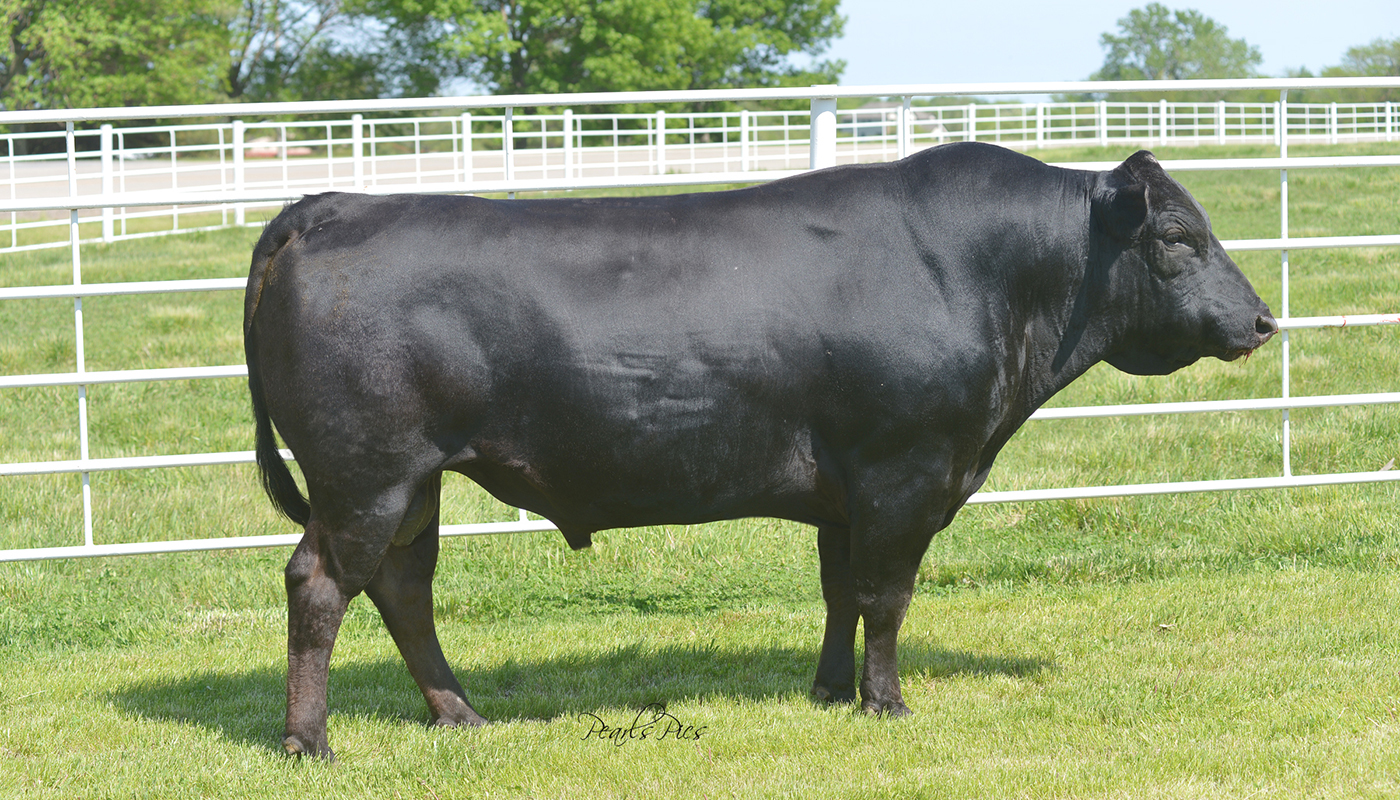 Wagyu Cattle Breed – Everything You Need to Know
Wagyu Cattle Breed – Everything You Need to Know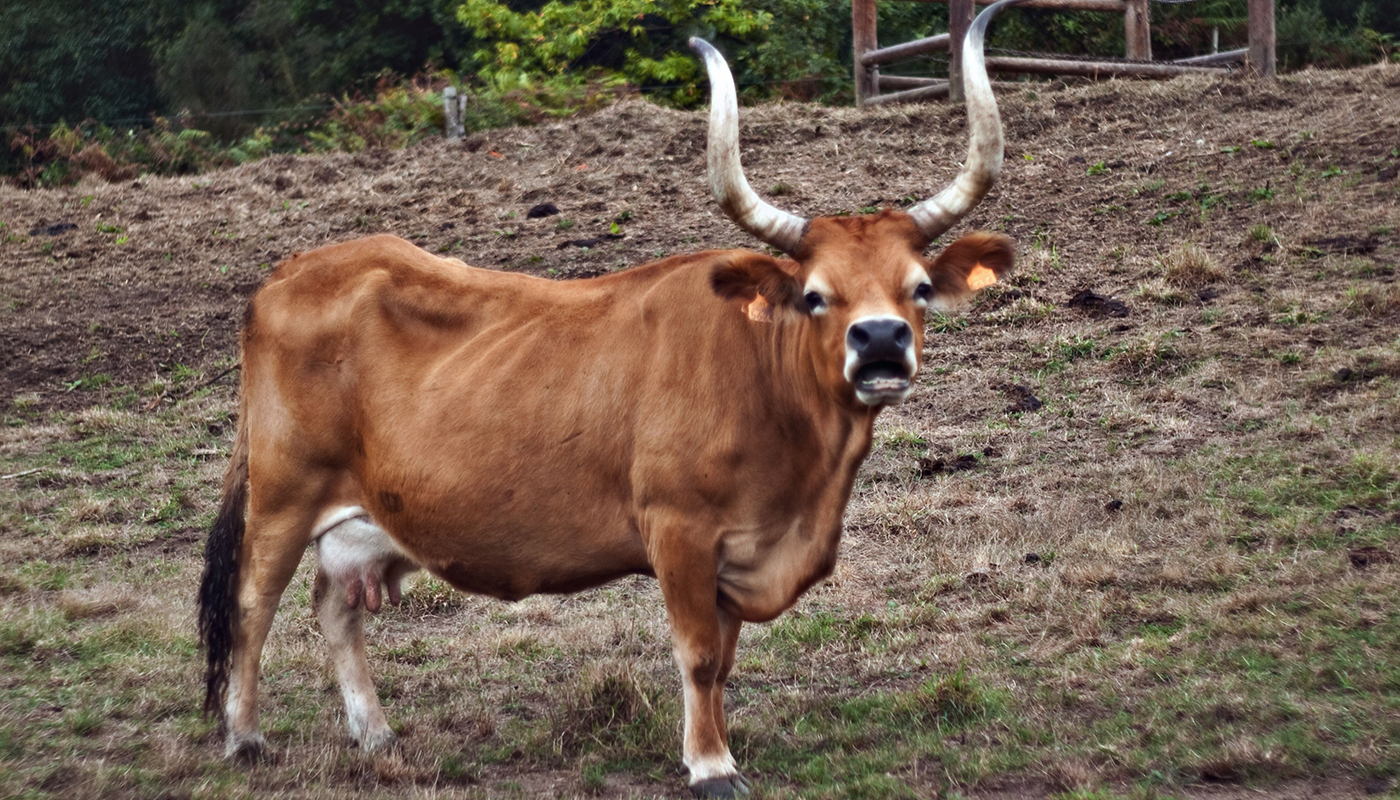 Cachena Cattle Breed – Everything You Need to Know
Cachena Cattle Breed – Everything You Need to Know Highland Cattle Breed – Everything You Need to Know
Highland Cattle Breed – Everything You Need to Know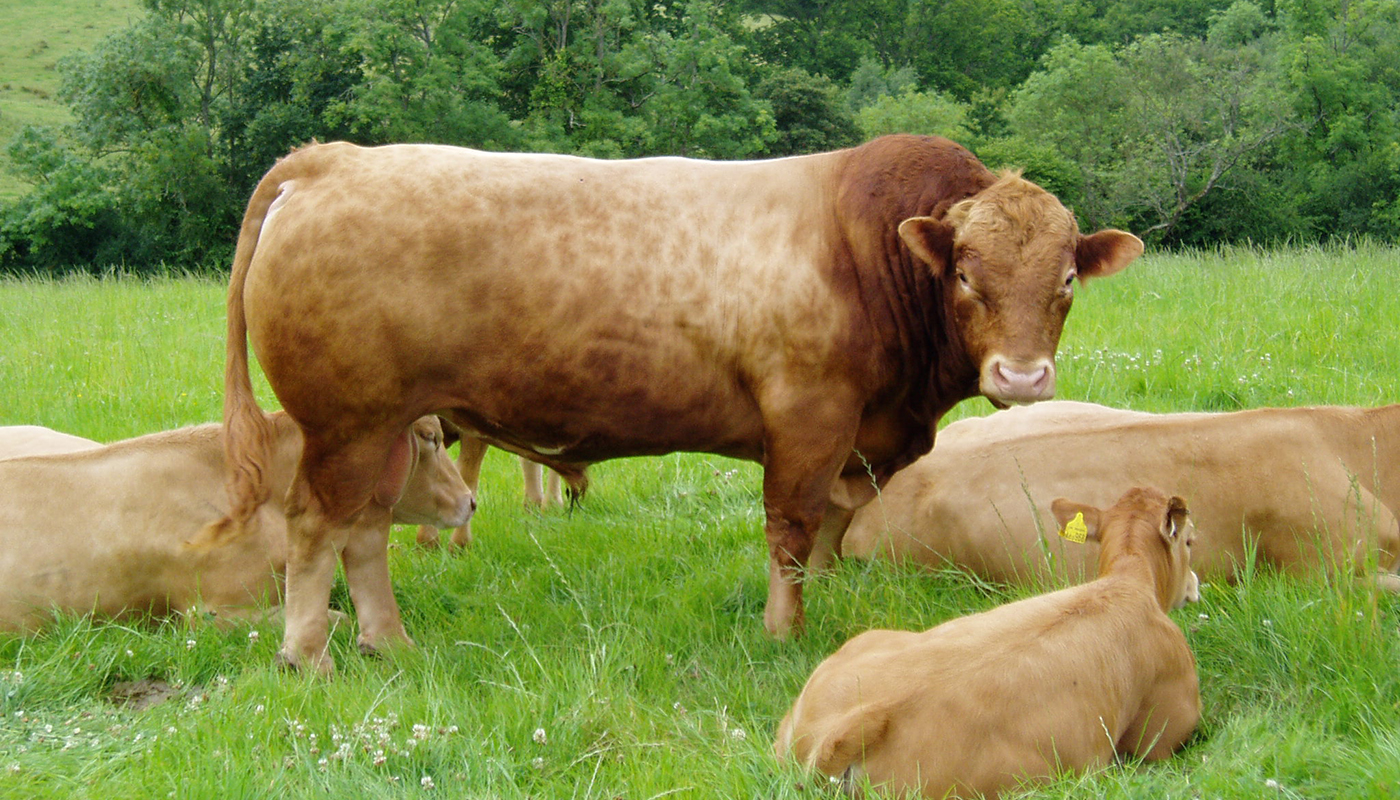 Gelbvieh Cattle Breed – Everything You Need to Know
Gelbvieh Cattle Breed – Everything You Need to Know Black Hereford Cattle Breed – Everything You Need to Know
Black Hereford Cattle Breed – Everything You Need to Know Beefmaster Cattle Breed – Everything You Need to Know
Beefmaster Cattle Breed – Everything You Need to Know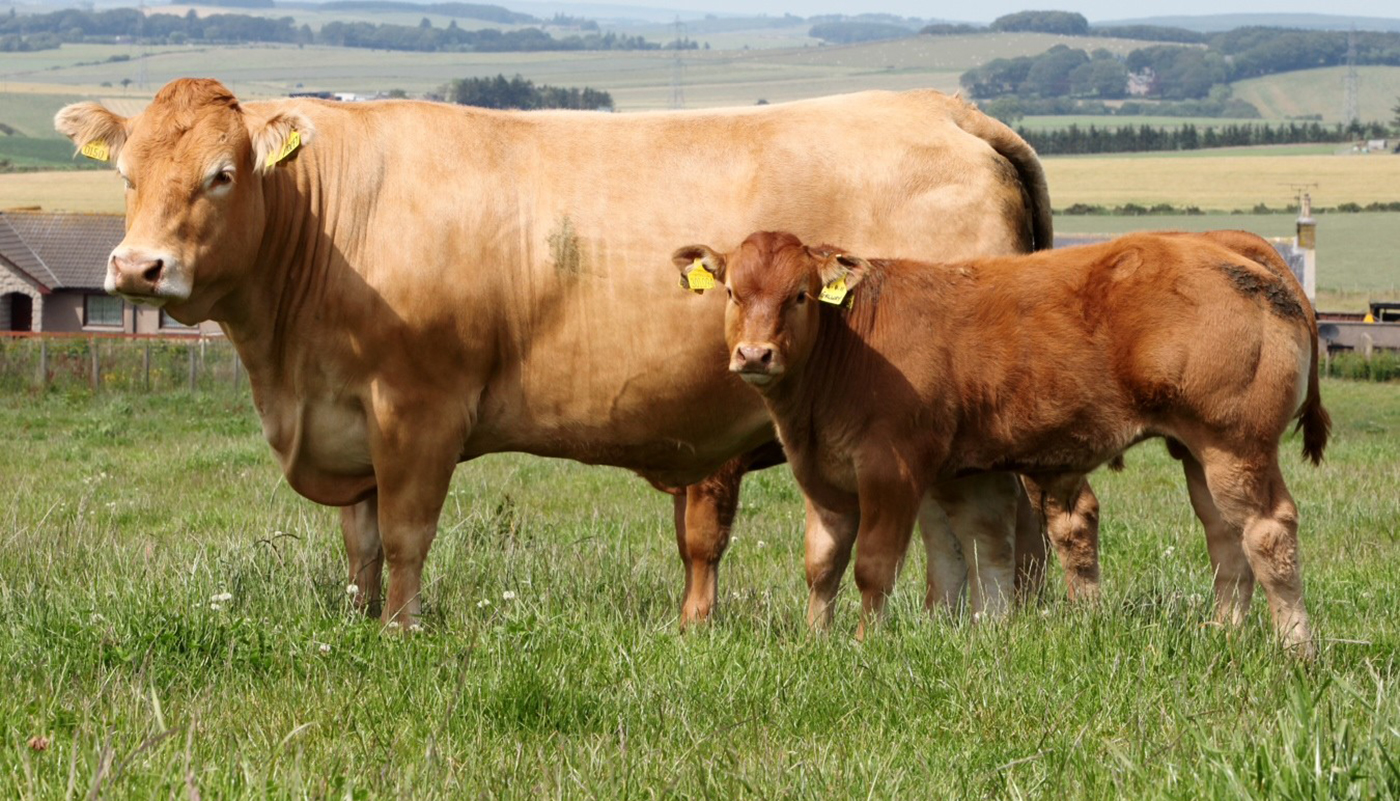 Limousin Cattle Breed – Everything You Need to Know
Limousin Cattle Breed – Everything You Need to Know Murray Grey Cattle Breed – Everything You Need to Know
Murray Grey Cattle Breed – Everything You Need to Know Hungarian Grey Cattle Breed – Everything You Need to Know
Hungarian Grey Cattle Breed – Everything You Need to Know Afrikaner Cattle Breed – Everything You Need to Know
Afrikaner Cattle Breed – Everything You Need to Know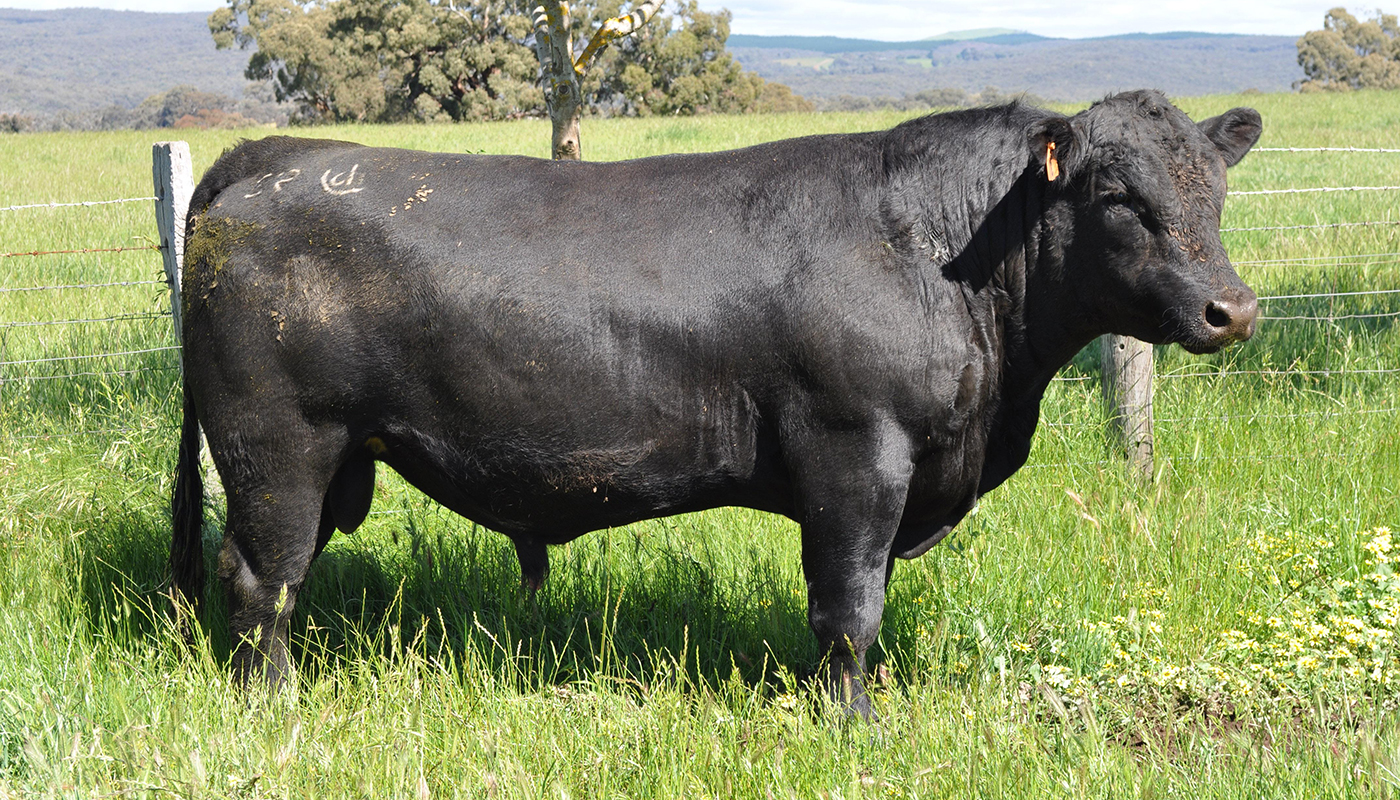 Angus Cattle Breed – Everything You Need to Know
Angus Cattle Breed – Everything You Need to Know